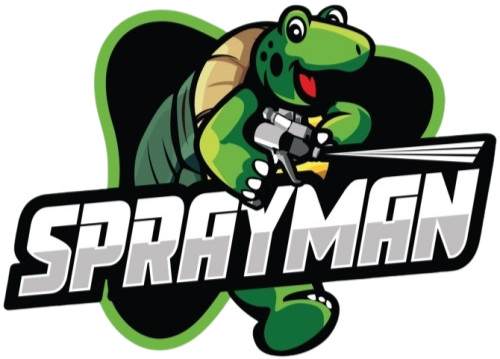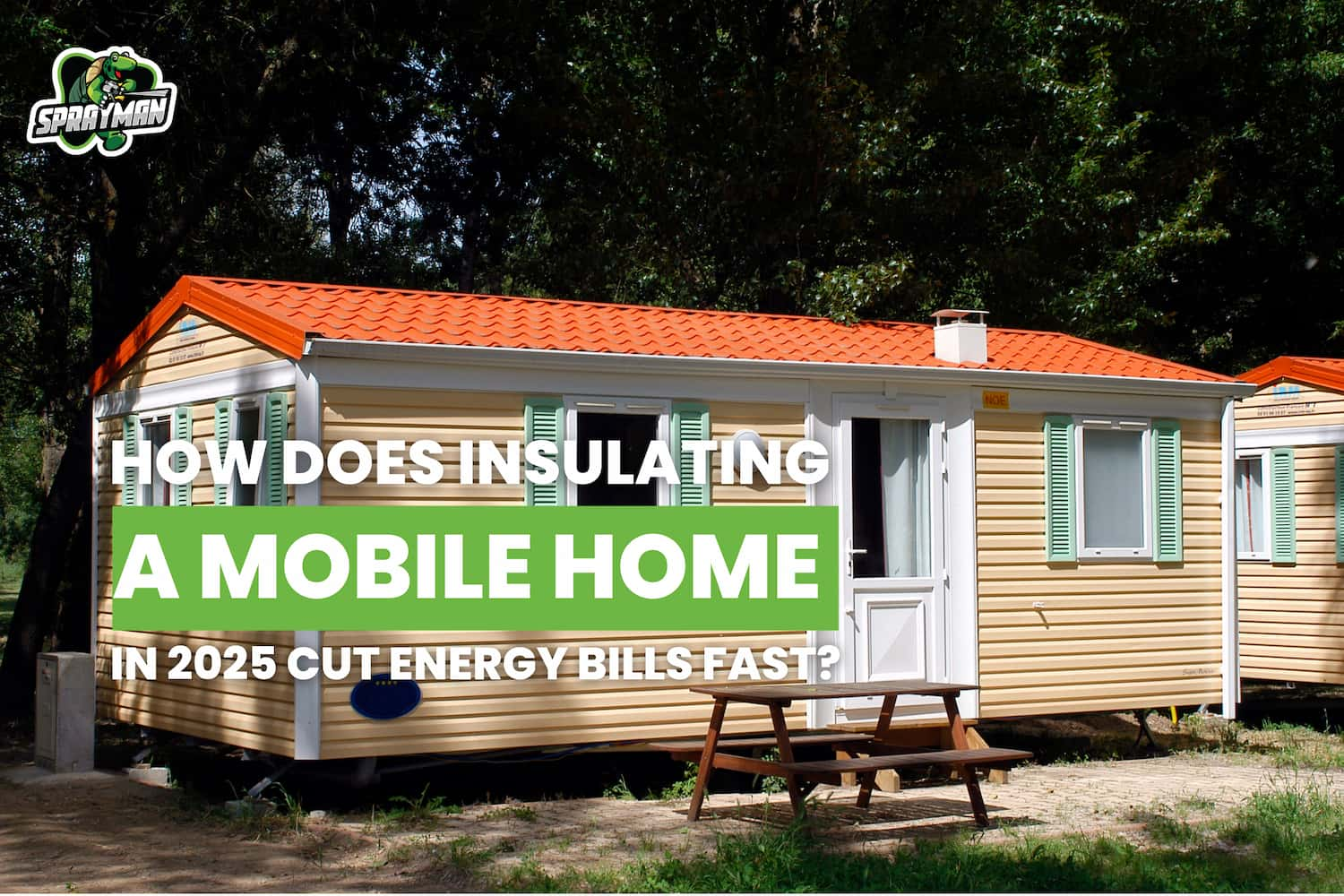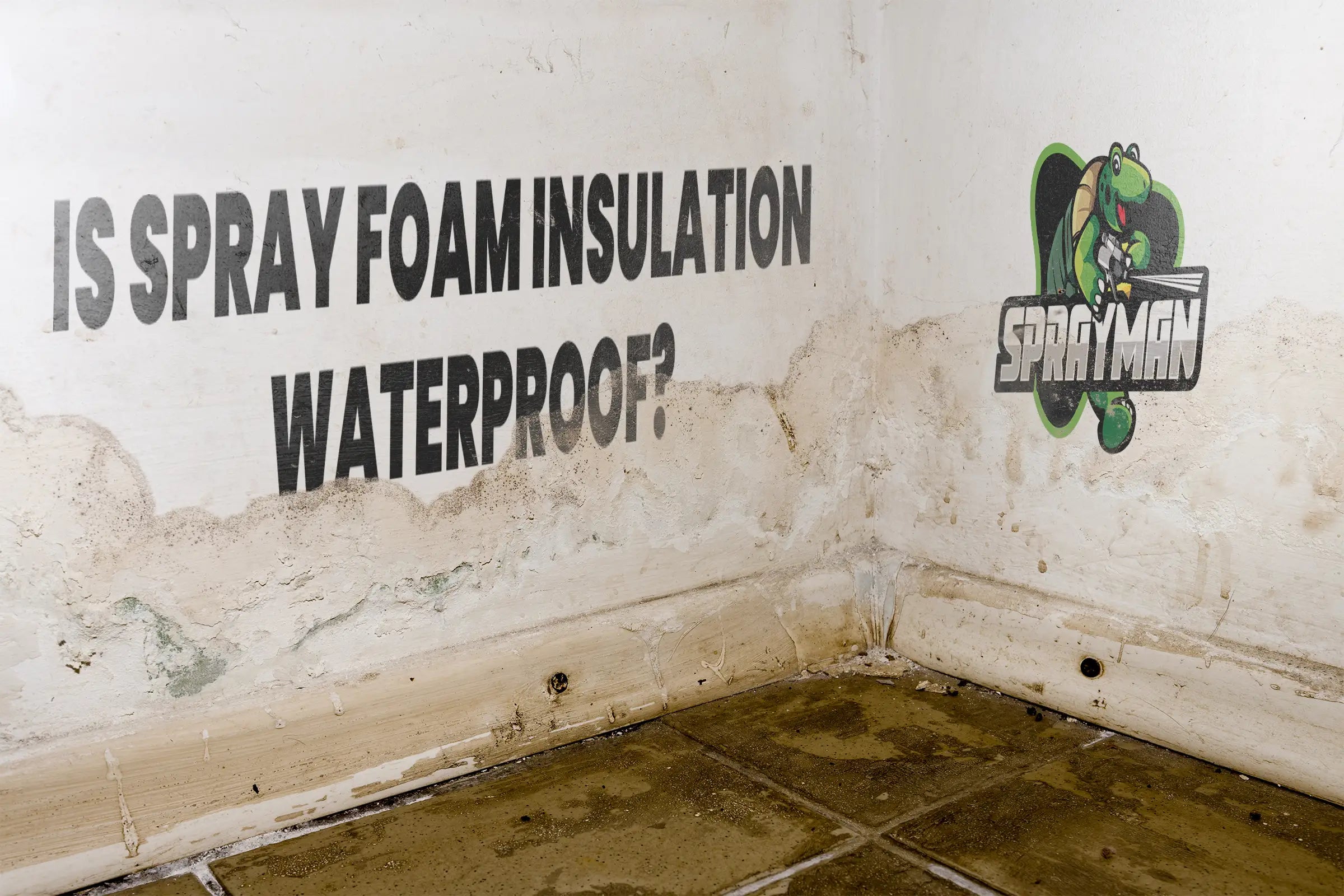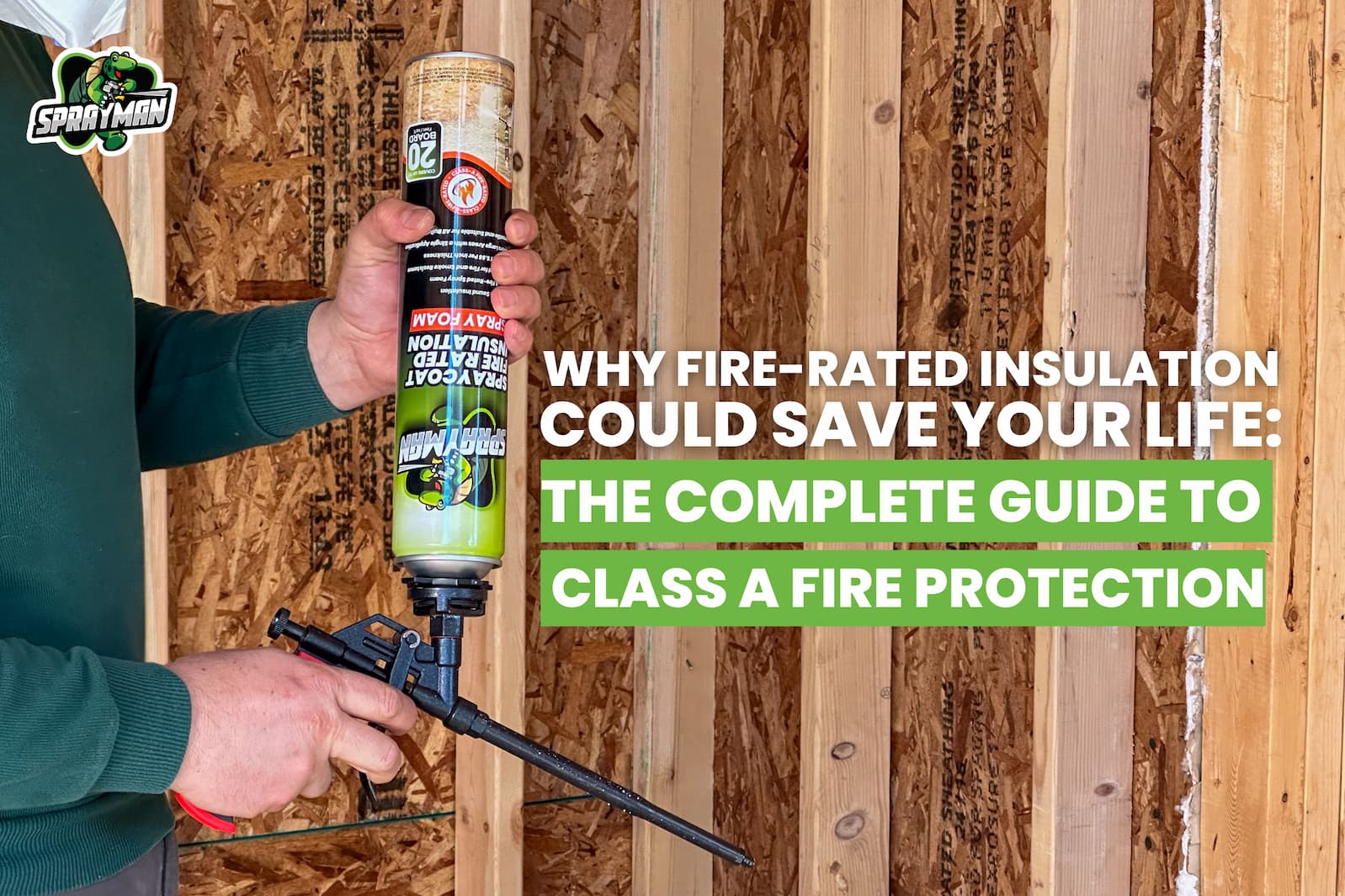
What Preparation Steps Help Mobile Home Insulation Work Best?
- Seal air leaks first: Incense-stick or smoke-pen tests locate drafts; caulk narrow gaps and fill cracks wider than ¼ inch (6 mm) with one-part spray foam.
- Fix moisture problems before adding insulation: Repair roof or plumbing leaks, improve crawl-space drainage, and lay a 6-mil (0.15 mm) polyethylene vapor barrier on exposed soil.
- Match R-values to HUD climate zones: Use DOE tables to select roof, wall, and floor values that meet or exceed zone requirements.
- Remove damaged or compressed insulation: Pull out wet fiberglass and vacuum loose cellulose to expose clean framing for new material.
- Clean and dry all contact surfaces: Vacuum dust, wipe metal pans, and allow framing moisture to drop below 15 percent.
- Protect wiring and mechanical systems: Staple cables, keep junction boxes accessible, and maintain clearances around flues and ducts.
- Stage tools, safety gear, and materials: Set respirator, goggles, gloves, knives, and fasteners within reach; store foam tanks at label-recommended temperatures.
- Schedule work during stable weather: Dry, mild conditions prevent condensation and allow spray foam to cure evenly.

Which R-Value Matches Each Climate Zone?
|
HUD Climate Zone |
Exterior Wall Insulation |
Exterior Ceiling Insulation |
Exterior Floor |
|
1 (Warm) |
R-13 |
R-22 |
R-22 |
|
2 (Mixed) |
R-13 |
R-22 |
R-19 |
|
3 (Cold) |
R-19 |
R-22 |
R-22 |
|
HUD Climate Zone |
Exterior Wall Insulation |
Exterior Ceiling Insulation |
Exterior Floor |
|
1 (Warm) |
R-13 |
R-30 |
R-13 |
|
2 (Mixed) |
R-21 |
R-30 |
R-19 |
|
3 (Cold) |
R-21 |
R-38 |
R-30 |

Which Insulation Materials Deliver the Best Results in a Mobile Home?
| Material | R-Value per Inch | Installed Cost / sq ft* | Works Best In |
|---|---|---|---|
| Closed-Cell Spray Foam | 5.0 – 7.0 | $0.90 – $1.00 / board ft | Underbelly, roof, walls, basement, crawl space, attic |
| Open-Cell Spray Foam | 3.5 – 3.7 | $0.30 – $0.50 / board ft | Interior walls, crawl space, attic, ceiling, roof |
| Fiberglass (Batt or Blown-In) | 2.2 – 2.9 | $0.30 – $1.30 | Attic, ceiling, crawl space, floor |
| Polystyrene (XPS or EPS) | 3.6 – 5.0 | $0.25 – $0.70 / board ft | Basement, crawl space, existing walls, roof |
| Polyisocyanurate | 6.0 – 8.0 | $0.40 – $0.75 / board ft | Basement, crawl space, existing walls, roof |
| Cellulose (Batt or Blown-In) | 3.1 – 3.8 | $0.30 – $1.80 | Attic, ceiling, existing walls |
How Do You Install Insulation in Key Mobile Home Areas?
1. What Is the Best Way to Insulate the Roof?
2. How Should You Insulate Walls?
3. What Method Insulates the Underbelly Properly?
4. How Do You Stop Floor, Window, and Door Heat Loss?
Should You Insulate a Mobile Home Yourself or Hire a Pro?
|
Task |
DIY-Friendly |
Why |
|
Add fiberglass batts |
Yes |
Basic tools, low risk |
|
Install rigid board skirting |
Yes |
Simple cuts, screws only |
|
Seal small gaps with spray can |
Yes |
Quick, cheap |
|
Full spray-foam job |
No |
Needs rig, skill, PPE |
|
Blown-in retrofit |
No |
Special blower, dense-pack skill |
What Does Mobile Home Insulation Cost in 2025?
How Do You Look After Mobile Home Insulation Over Time?
- Inspect skirting and roof seals each spring and fall.
- Spot-fill new gaps with a foam can.
- Replace wet fiberglass at once.
- Recoat exposed spray foam with UV-safe paint every five years.




Leave a comment
This site is protected by hCaptcha and the hCaptcha Privacy Policy and Terms of Service apply.